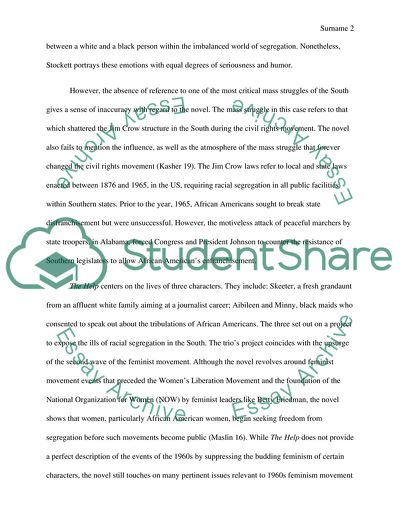Cite this document
(The Civil Rights Movement in Kathryn Stockett's The Help Book Report/Review - 1, n.d.)
The Civil Rights Movement in Kathryn Stockett's The Help Book Report/Review - 1. https://studentshare.org/social-science/1779835-the-civil-rights-movement
The Civil Rights Movement in Kathryn Stockett's The Help Book Report/Review - 1. https://studentshare.org/social-science/1779835-the-civil-rights-movement
(The Civil Rights Movement in Kathryn Stockett'S The Help Book Report/Review - 1)
The Civil Rights Movement in Kathryn Stockett'S The Help Book Report/Review - 1. https://studentshare.org/social-science/1779835-the-civil-rights-movement.
The Civil Rights Movement in Kathryn Stockett'S The Help Book Report/Review - 1. https://studentshare.org/social-science/1779835-the-civil-rights-movement.
“The Civil Rights Movement in Kathryn Stockett'S The Help Book Report/Review - 1”. https://studentshare.org/social-science/1779835-the-civil-rights-movement.


